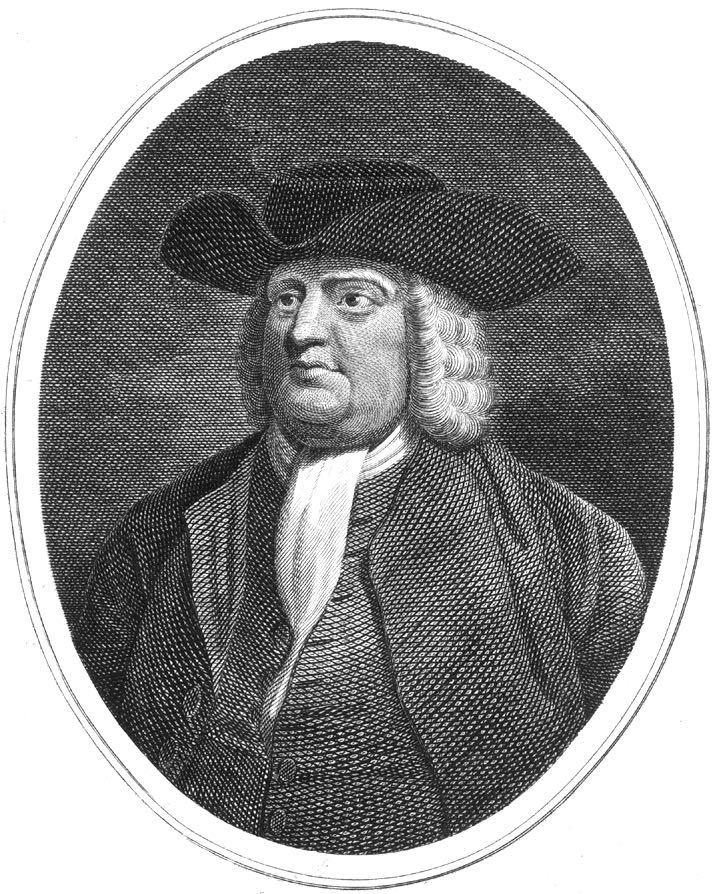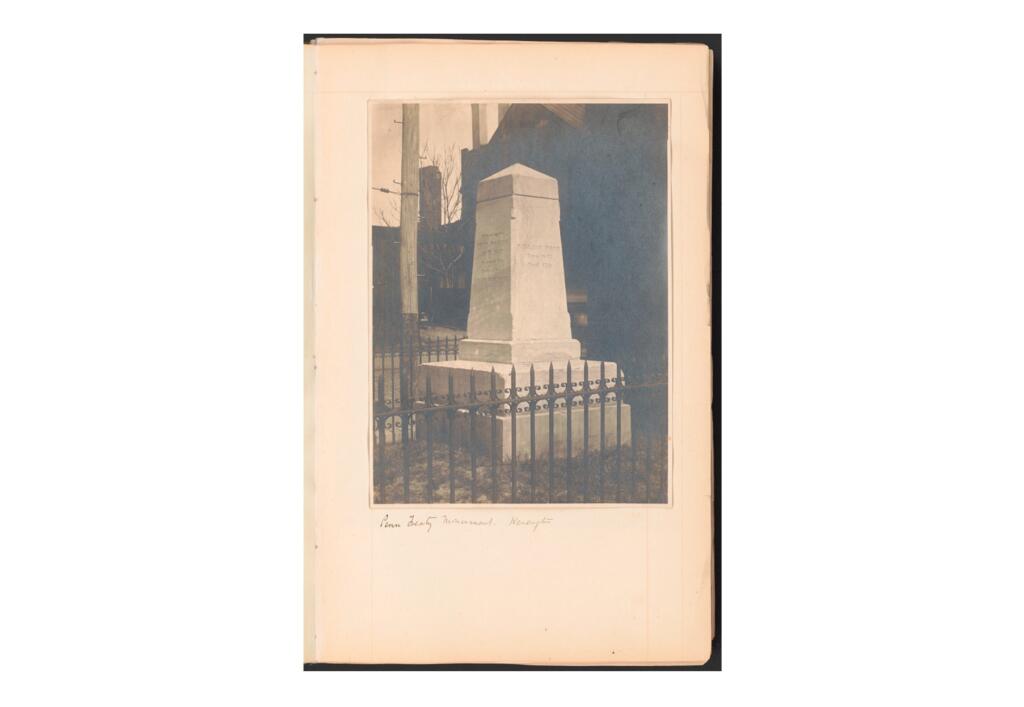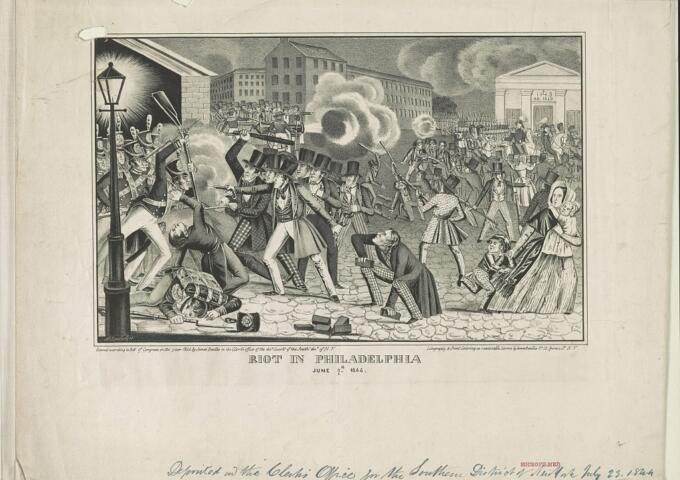Key Takeaways:
- The Treaty of Shackamaxon was signed in 1682 between William Penn, the founder of Pennsylvania, and the Lenape tribe.
- The treaty, also known as the “Great Treaty,” was signed near present-day Kensington and set the tone for Penn’s “Holy Experiment,” a colony based on religious tolerance and peaceful coexistence.
- Under the terms of the treaty, the Lenape leaders agreed to sell a large tract of land to Penn for the establishment of a city, which would become Philadelphia.
- In return, Penn promised to respect the Lenape’s rights to hunt and fish on the land and to protect them from any aggression from other European settlers.
- The treaty established a peaceful relationship between the Lenape and the European settlers and helped establish Philadelphia as a city built on principles of tolerance and cooperation.
- Today, Philadelphians can still see the legacy of the Treaty of Shackamaxon in the city’s streets and landmarks such as the Penn Treaty Park and Treaty Day celebration.
What is the Treaty of Shackamaxon?
The Treaty of Shackamaxon, signed in 1682 between William Penn and the Lenape tribe, is a crucial part of both Pennsylvania and Philadelphia history. Despite its importance, many Philadelphians may not be familiar with the details of the treaty and its lasting impact on the region. In this article, we’ll delve into the history of the Treaty of Shackamaxon, examining its origins, its significance, and why it’s still relevant today.
The treaty, also known as the “Great Treaty,” was signed on the banks of the Delaware River, near present-day Kensington. William Penn, the founder of Pennsylvania, had just arrived in the colony and was looking to establish friendly relations with the Lenape people, who had been living in the area for centuries.
The treaty was the first of its kind between European settlers and Native Americans in the Delaware Valley, and it set the tone for Penn’s “Holy Experiment,” a colony based on religious tolerance and peaceful coexistence.
Under the terms of the treaty, Penn and the Lenape leaders agreed to a mutual friendship and alliance. The Lenape agreed to sell a large tract of land to Penn for the establishment of a city, which would become Philadelphia. In return, Penn promised to respect the Lenape’s rights to hunt and fish on the land and to protect them from any aggression from other European settlers.
Why was the Treaty of Shackamaxon influential?
The treaty was significant for several reasons. For one, it established a peaceful relationship between the Lenape and the European settlers, which was relatively rare at the time. It also helped establish Philadelphia as a city built on principles of tolerance and cooperation, which would become a hallmark of the city in the centuries to come.
Perhaps most importantly, the treaty was a model for future relations between native peoples and European settlers. It established a precedent for treaties to resolve conflicts and establish mutually beneficial relationships. The Treaty of Shackamaxon was a model of peaceful coexistence and mutual respect that would be emulated by other colonies, and it was an early example of the kind of diplomacy that would eventually become the norm in the New World.
While the treaty was a significant step forward in relations between native peoples and European settlers, it’s important to note that it was not always honored. Over the centuries, the Lenape and other native tribes in the region were dispossessed of their land and forced to move westward as the colony grew. The treaty’s principles were not always upheld and the native population in the area was greatly reduced.
Despite this, the Treaty of Shackamaxon remains an essential part of Pennsylvania and Philadelphia history. It serves as a reminder of the principles of peace and cooperation that were at the heart of William Penn’s vision for the colony, and it stands as a testament to the enduring power of diplomacy and mutual respect.
The Penn Treaty Monument located in Kensington was established to commemorate the Treaty of Shackamaxon.
The Treaty of Shackamaxon’s Modern Impact
Today, Philadelphians can still see the legacy of the Treaty of Shackamaxon in the city’s streets and landmarks. The treaty was signed on the banks of the Delaware River, and the area is now home to the Penn Treaty Park, a popular spot for picnics and riverfront walks. The Treaty of Shackamaxon is also honored at the city’s annual Treaty Day celebration, which features traditional native dances, music, and food.
In conclusion, the Treaty of Shackamaxon is a vital piece of Pennsylvania and Philadelphia history. It was a groundbreaking treaty that set the foundation for peaceful coexistence between native peoples and European settlers, and it remains an important symbol of the principles of tolerance and cooperation that have defined the city for centuries.
Today, as Philadelphians continue to strive for a more just and equitable society, the Treaty of Shackamaxon serves as an important reminder of the city’s trailblazing impact on US History, namely that it was a place of true comradery in times of great divisiveness.
References
Jeanes, J. Y. (ca. 1890) Penn Treaty Monument, Kensington. Pennsylvania Penn Treaty Park Philadelphia, ca. 1890. [Photograph] Retrieved from the Library of Congress, https://www.loc.gov/item/2016647940/.








Leave a Reply